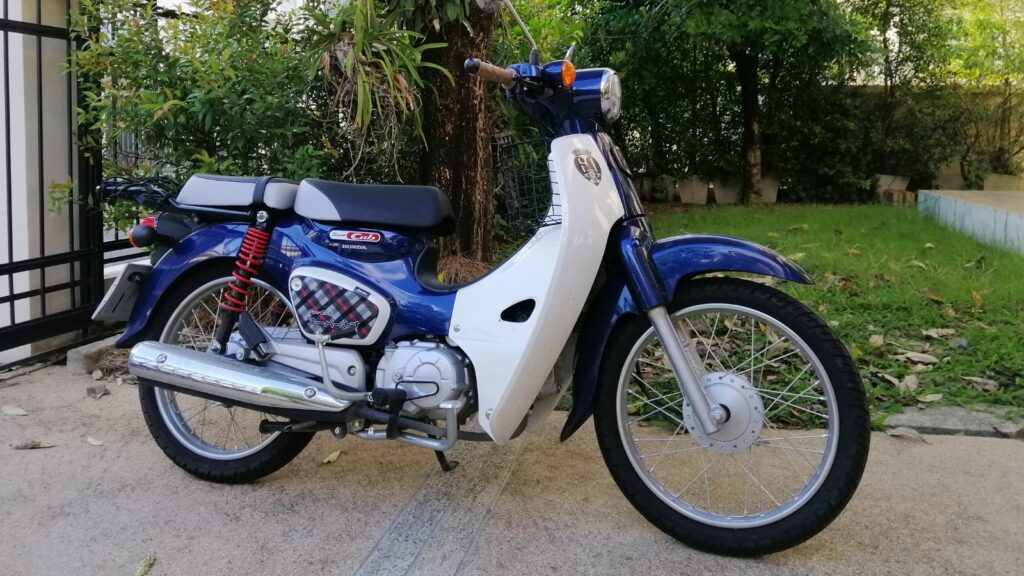Few motorcycles in history have had the cultural and practical influence of the Honda Cub. Launched in 1958, it became the most produced motor vehicle ever, with more than 100 million built worldwide. While the Cub transformed transportation across Asia, its impact in North America and Canada was equally profound. It wasn’t just a motorcycle — it was a cultural shift. Affordable, approachable, and incredibly reliable, the Cub and its derivatives brought motorcycles into the mainstream and gave Honda a permanent place in Canadian and American garages.
A Bike for Everyone

The genius of the Honda Cub was in its accessibility. Its step through frame meant riders didn’t have to swing a leg over like on a traditional motorcycle, while the semi automatic clutch made shifting simple even for beginners. In an era when motorcycles were associated with rebellious riders or intimidating machines, Honda marketed the Cub as something anyone could ride. Their iconic campaign, “You meet the nicest people on a Honda,” directly targeted families, students, and professionals. This message resonated strongly in North America, and in Canada’s growing urban centers of the 1960s and 70s, the Cub became a practical and friendly way to get around.
Affordable and Reliable Transportation
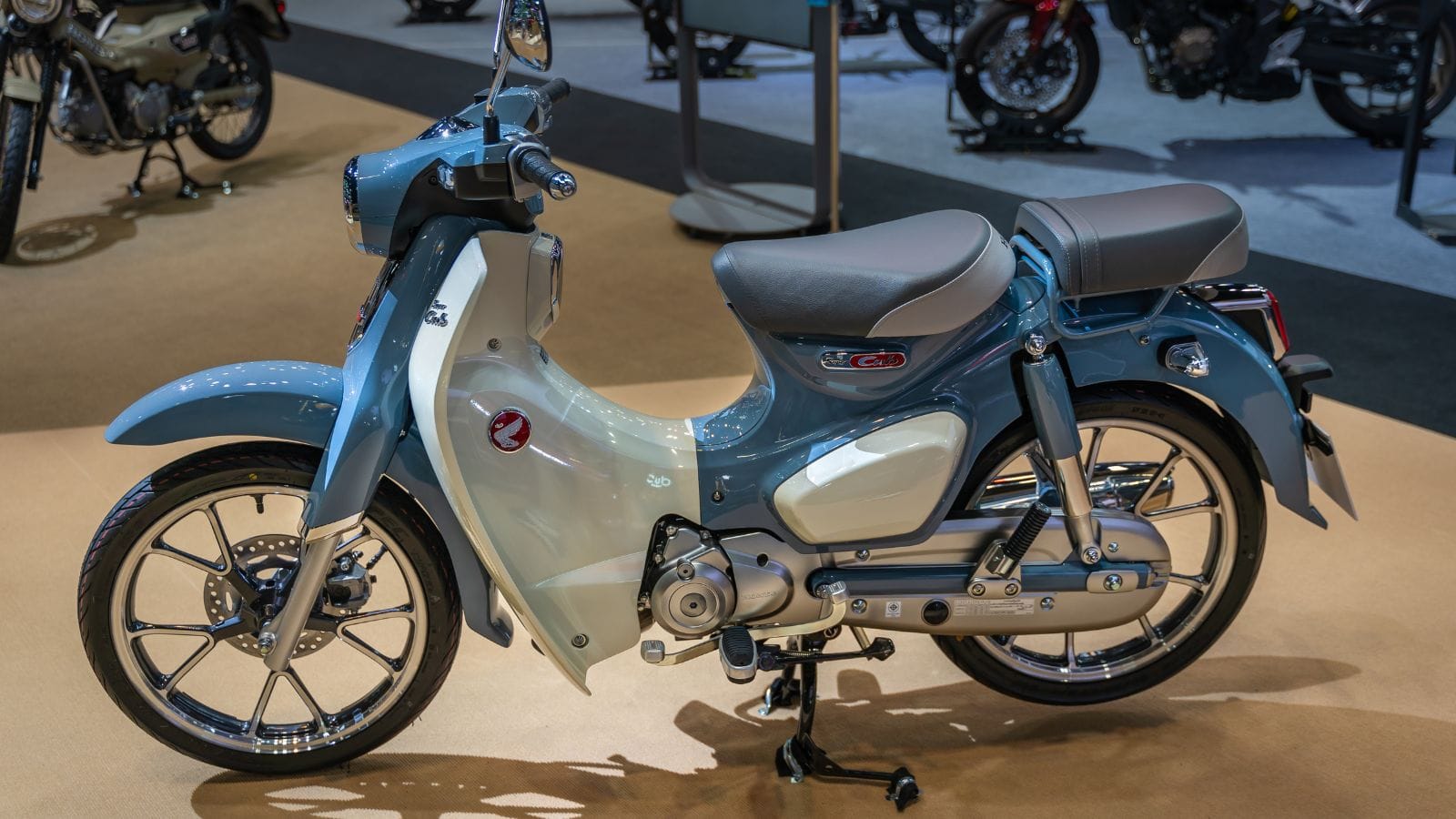
One of the Cub’s greatest strengths was its low cost of ownership. It was inexpensive to buy, sipped fuel, and required minimal maintenance. Canadians who wanted independence without the expense of a car found it to be the perfect alternative. A Cub could take a student to school, a worker to the factory, or a retiree into town, all for pennies on the dollar compared to car ownership. In small towns across Canada, it became common to see Cubs buzzing down main streets or parked outside grocery stores. Even when stored through long winters, they often fired back up in the spring with little more than fresh gas and a battery charge.
The Beginning of Honda’s North American Dominance
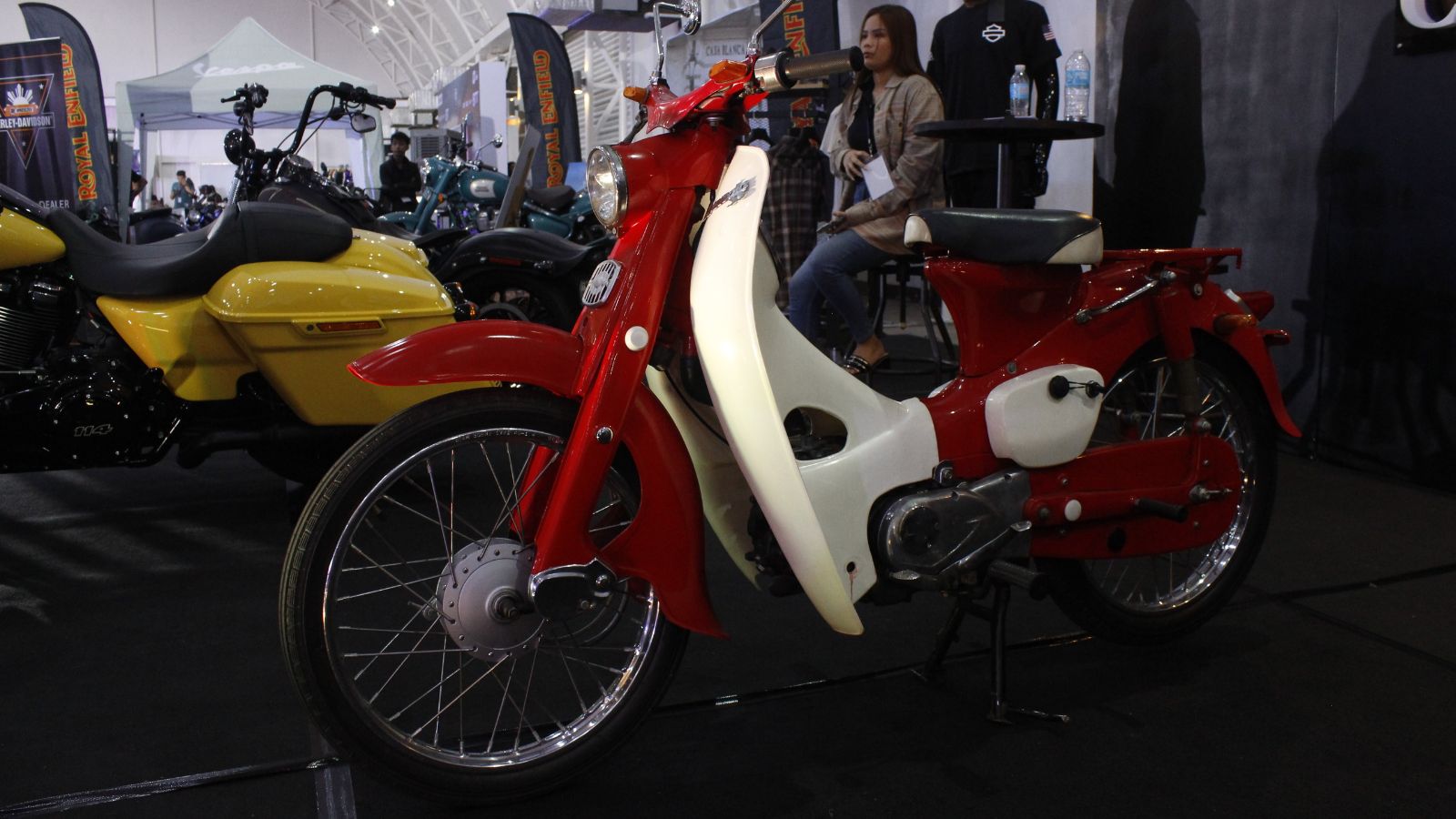
The Cub was Honda’s bridge into North America, and its success laid the foundation for everything that followed. Before Honda’s arrival, the motorcycle market in Canada and the United States was dominated by Harley Davidson and British brands like Triumph and BSA. These bikes were powerful but often finicky and intimidating for new riders. The Cub was different. It was friendly, easy to use, and above all dependable. Once Honda earned trust with the Cub, riders who started small often graduated to bigger Hondas like the CB750 or the Gold Wing. In Canada especially, this created lifelong loyalty to the brand.
Built to Handle Canadian Conditions
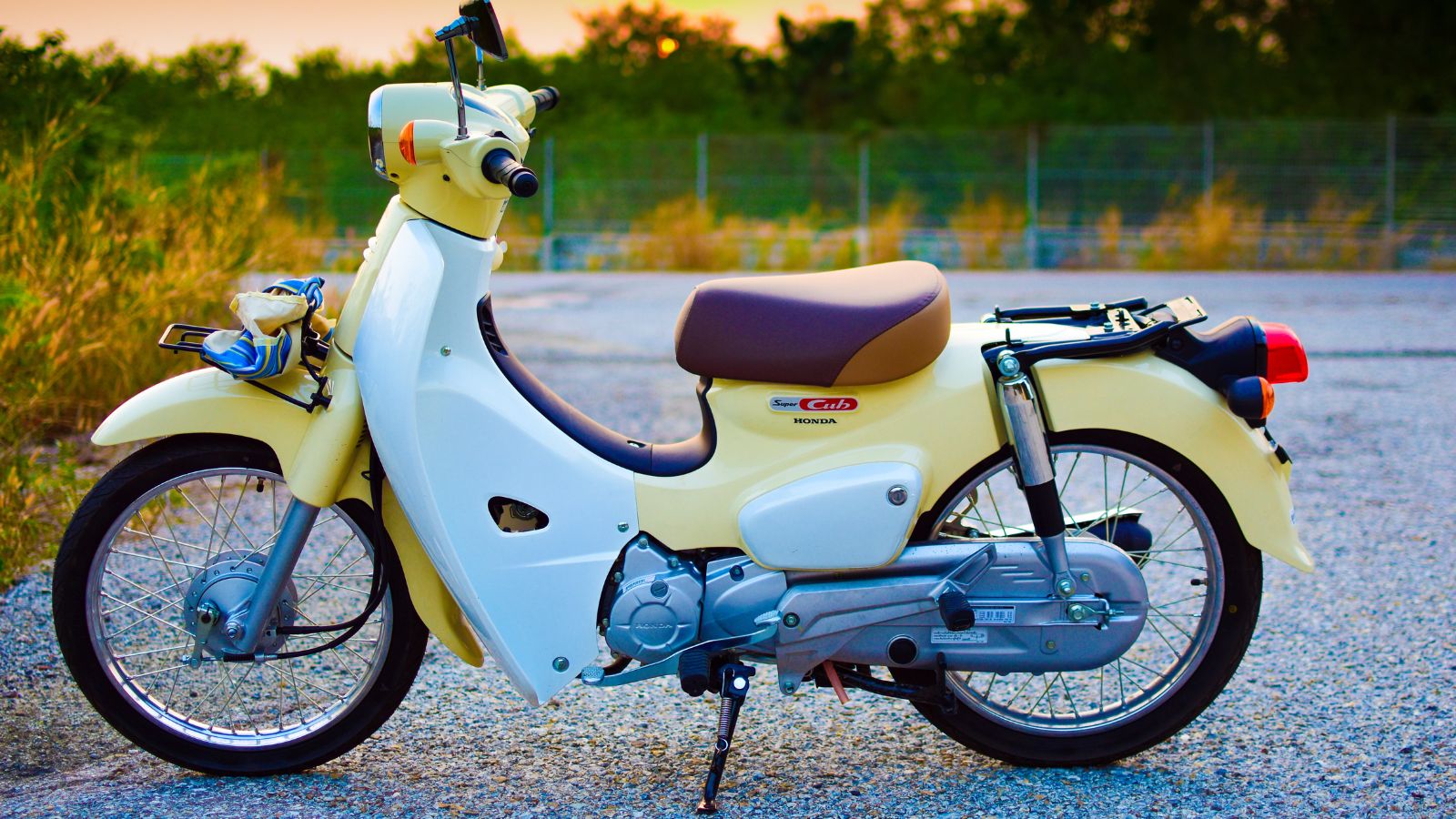
Though designed for the streets of Tokyo, the Cub proved surprisingly tough in Canadian conditions. Its simple air cooled engine meant fewer things to go wrong in cold weather, and its light weight made it manageable in snowy driveways or slushy spring roads. Many Canadian owners discovered that with basic care, a Cub could survive years of storage in barns or garages and still start up when needed. While it wasn’t built for long winter rides, it became a seasonal companion that was always ready when the roads cleared.
The Trail Derivatives
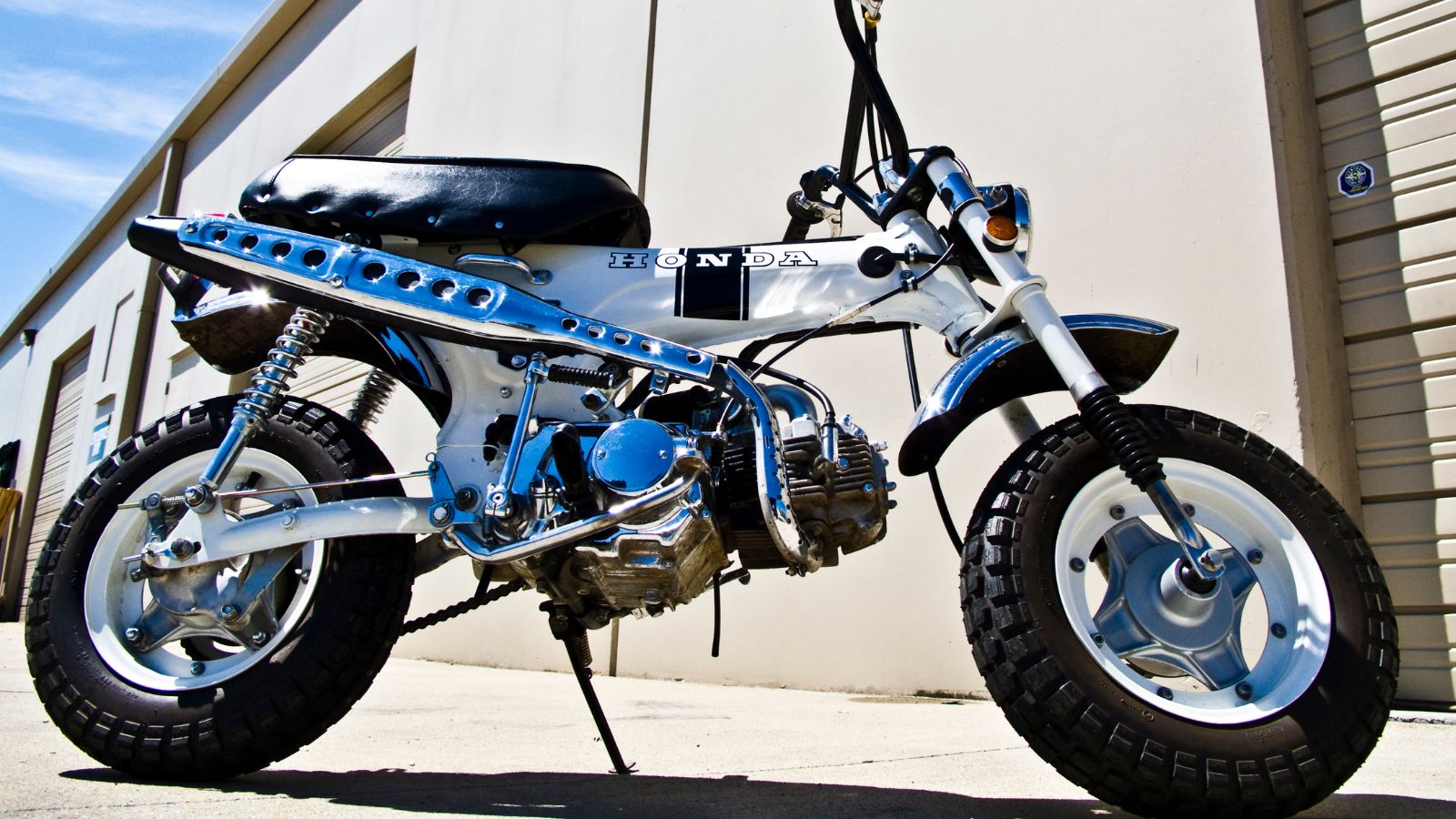
One of the biggest parts of the Cub’s Canadian legacy is its trail versions. The Honda Trail 50, Trail 70, and later the Trail 90 and Trail 110 adapted the Cub’s mechanical simplicity for off road use. These rugged little bikes became staples in rural Canada, where they were used by hunters, farmers, and cottage goers. They were light enough to haul in the back of a pickup truck, yet tough enough to navigate fields, logging roads, and trails. On Canadian farms, they were often used as everyday workhorses, carrying supplies or checking livestock. For outdoorsmen, they became indispensable companions for exploring the wilderness. The trail derivatives showed how versatile the Cub platform really was, and they hold a special place in Canadian motorcycling history.
Changing Perceptions of Motorcycles

The Cub didn’t just sell well; it changed how North Americans viewed motorcycles. Before Honda, bikes were often tied to rebellious imagery. With the Cub, motorcycling became something clean, safe, and practical. Canadian families that might never have considered a motorcycle before suddenly saw it as a useful second vehicle. This shift in perception was crucial to Honda’s success and to the wider acceptance of motorcycles in general. The Cub normalized two wheels in Canada, making it part of everyday life rather than just a hobby.
A Cultural Icon
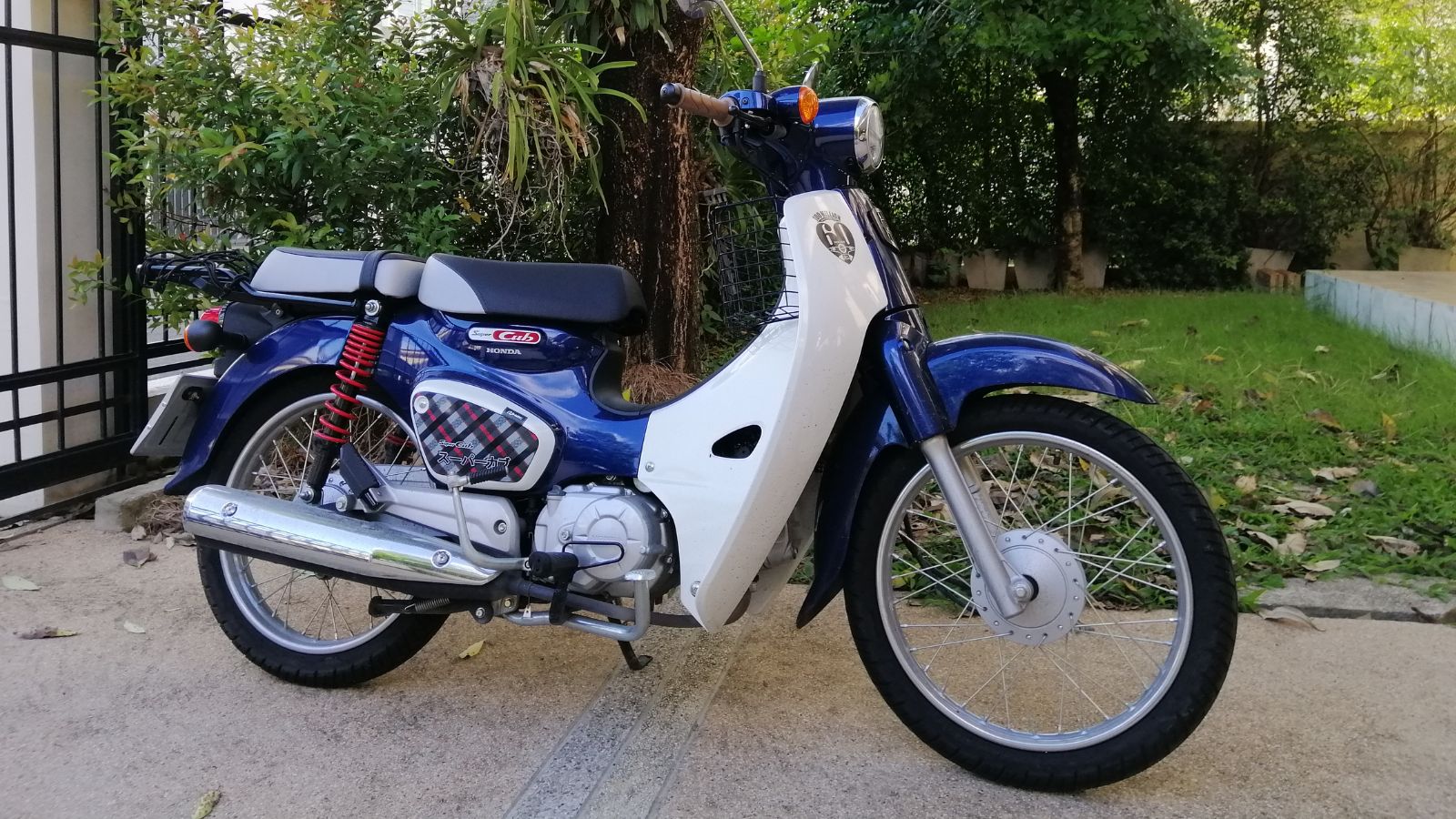
In Canada and the United States, the Cub’s image became tied to freedom and affordability. It wasn’t a status symbol, but it was a symbol of independence. For many Canadians, the Cub was their first motorcycle, and the nostalgia around it remains strong. Collectors today still seek out original Cubs and trail models, and restored versions often draw crowds at vintage shows. Its distinctive styling and cheerful nature make it instantly recognizable, even to people who never rode one.
The Modern Super Cub
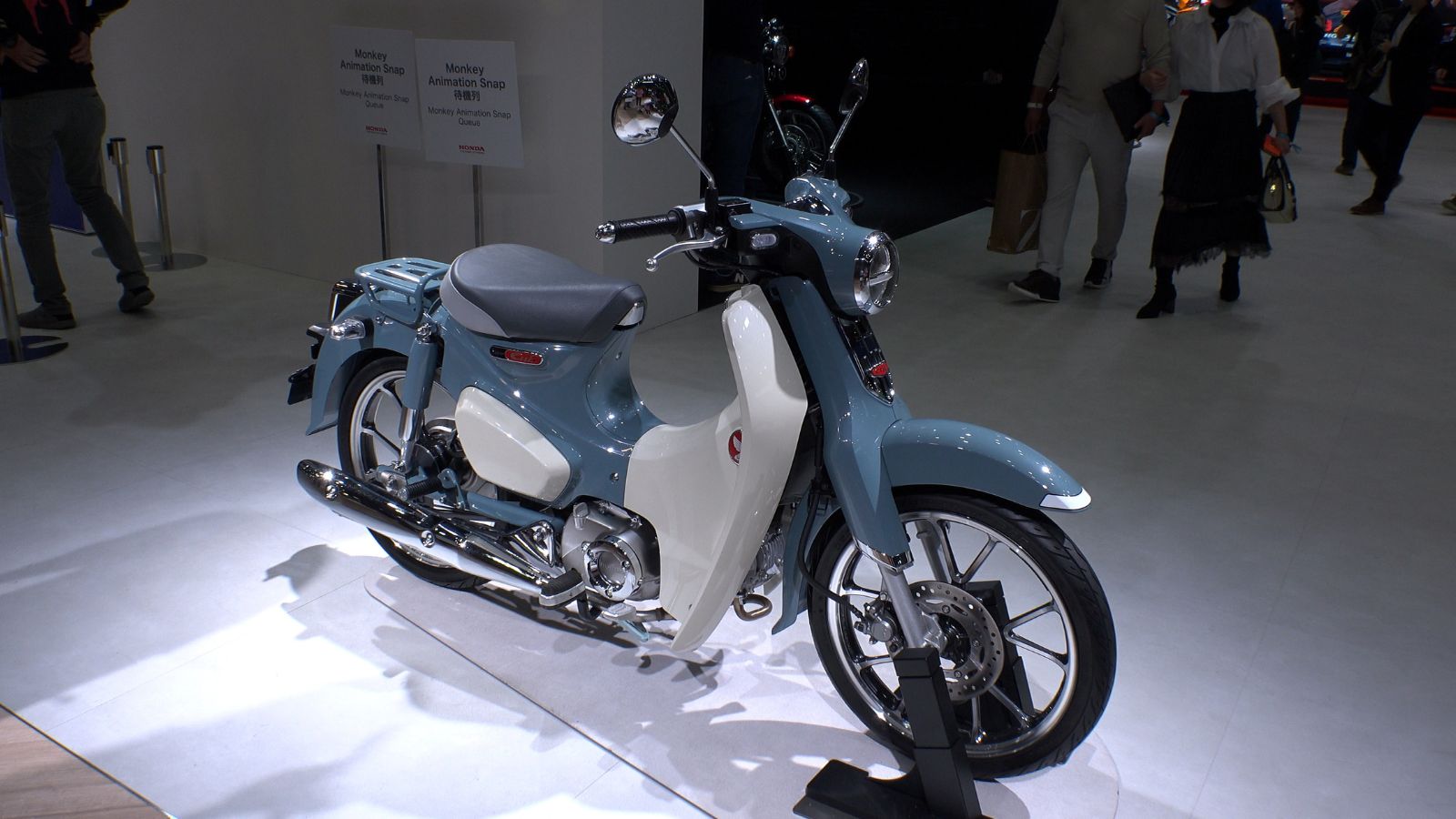
Honda has revived the Cub in modern form, reintroducing the Super Cub with retro styling and updated technology. In North America, this modern version appeals to both older riders who remember the original and younger riders looking for affordable, stylish urban transport. In Canadian cities like Toronto and Vancouver, the new Super Cub offers a practical way to commute without giving up charm. Its reintroduction proves the timelessness of the Cub’s concept and shows that its DNA still resonates more than sixty years later.
Why the Cub Suited Canada

Canada’s unique blend of urban centers, sprawling rural areas, and challenging seasons made it a natural fit for the Cub. It was cheap to run, tough enough to handle Canadian weather, and simple to store. More importantly, it broke down cultural barriers, introducing countless Canadians to motorcycling in a friendly, non threatening way. For many, it was not just a machine but the spark that created a lifelong passion for two wheels. The Cub’s legacy lives on in Canada because it did more than provide transport it opened doors.
25 Facts About Car Loans That Most Drivers Don’t Realize

Car loans are one of the most common ways people fund car purchases. Like any other kind of loan, car loans can have certain features that can be regarded as an advantage or a disadvantage to the borrower. Understanding all essential facts about car loans and how they work to ensure that you get the best deal for your financial situation is essential. Here are 25 shocking facts about car loans that most drivers don’t realize:
25 Facts About Car Loans That Most Drivers Don’t Realize
